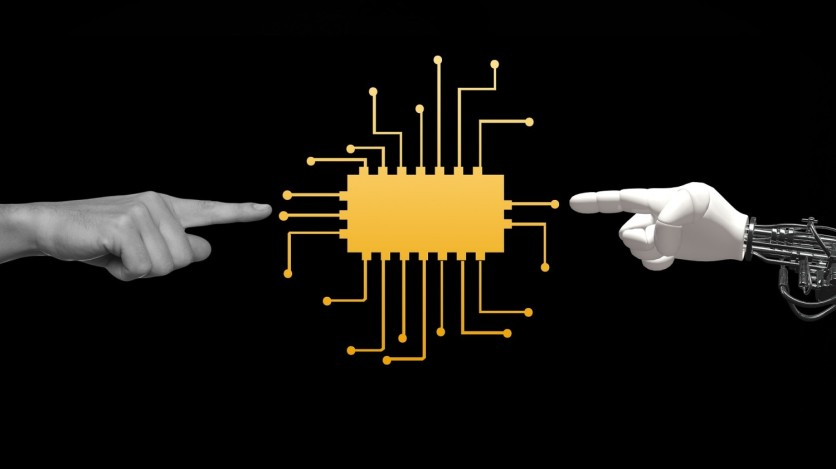A recent study conducted by researchers from the University of Cambridge reveals that the adoption of robots in businesses can have a peculiar impact on profit margins - a "U-shaped" effect.
The researchers analyzed industry data from the UK and 24 other European countries spanning over two decades, from 1995 to 2017. Surprisingly, they found that profits initially decline at low levels of robot adoption, but at higher levels, they rise again.

Adoption of Robots in Businesses: The U-Shaped Phenomenon
The U-shaped phenomenon on profits causes profit margins to fall initially before rising again. It can be attributed to the interplay between cost reduction, process innovation, and the development of new products.
In the early stages of robot adoption, companies tend to implement these technologies to cut costs and streamline their processes. However, as this "process innovation" becomes more common and easily replicable by competitors, the focus shifts to product innovation.
Only when robots are fully integrated into a company's operations can they be used to innovate new products, giving businesses greater market power and setting them apart from competitors.
Robots have been prevalent in various industries since the 1980s, particularly in sectors that involve physically intensive jobs. Over the years, robot adoption has steadily increased worldwide, and their precision and versatility make them highly valuable in high-value manufacturing applications, including electronics, according to the study.
Previous research has demonstrated that robots boost labor productivity at the industry or country level, but the specific influence on profit margins has received less attention on a macro scale.
In an effort to explore this aspect, the researchers set out to investigate whether robots follow a pattern similar to computers in influencing productivity.
To analyze the impact of robots on profit margins, the researchers delved into industry-level data from 25 EU countries, with a primary focus on manufacturing sectors where robots are widely employed.
This data was then compared with robotics data from the International Federation of Robotics (IFR) database. Surprisingly, the analysis revealed an unforeseen U-shaped curve, showing the intricate relationship between robot adoption and profit margins.
The initial adoption of robots tends to focus on cost reduction and process streamlining, leading to a competitive advantage. However, margins start to shrink as competitors catch up by adopting robots themselves.
The Turning Point
The turning point occurs when businesses start to integrate robots fully into their processes, requiring a bottom-up redesign of the entire operation. According to the study's authors, this crucial step allows companies to utilize the power of robotics to develop new products and drive profits.
Interviews with an American medical equipment manufacturer further confirmed the challenges of robot adoption. While the benefits are evident, incorporating robots into a business is a costly and complex endeavor.
Companies need to adapt their business models simultaneously with robot adoption to maximize the benefits and reach the profitable side of the U-shaped curve more quickly.
The study sheds light on the intricacies of robot integration in businesses, urging companies to carefully strategize the adoption process to reap the long-term rewards of increased profit margins and innovation.
"When you start bringing more and more robots into your process, eventually you reach a point where your whole process needs to be redesigned from the bottom up," said co-author Professor Chander Velu from Cambridge's Institute for Manufacturing.
"It's important that companies develop new processes at the same time as they're incorporating robots, otherwise they will reach this same pinch point," Velu added.
The study's findings were published in the journal IEEE Transactions on Engineering Management.
Related Article : Can AI Robots Teach Other Robots? A New Study Reveals the Answer

![Apple Watch Series 10 [GPS 42mm]](https://d.techtimes.com/en/full/453899/apple-watch-series-10-gps-42mm.jpg?w=184&h=103&f=9fb3c2ea2db928c663d1d2eadbcb3e52)



